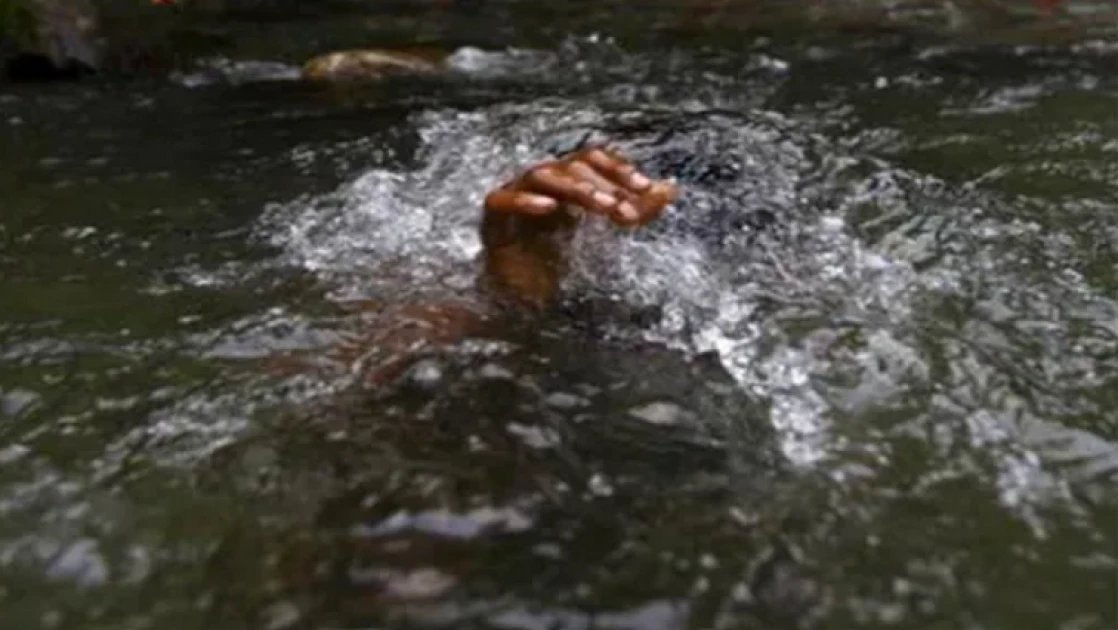Drowning prevention for children, what parents need to know

This is according to World Health Organization (WHO) which notes that drowning is the third leading cause of death in children and leading cause of unintentional injury death worldwide accounting for 7 percent of all injury- related deaths.
Sammy Thianga of Lifesaving Africa Rescuers says that drowning is an under-appreciated but lethal public health issue. Children aged 1–4 years and 5–9 years’ experience the highest drowning rates, highlighting the need for immediate action to protect future generations.
“It is essential that water safety education and experience for children should be taken seriously. One of the biggest mistake parents and guardians do is leaving their children unattended especially in swimming pools assuming that the guard is watching over them and the inability of the children to swim,” he says.
WHO defines drowning as the process of experiencing respiratory impairment from submersion or immersion in liquid; outcomes are classified as death, morbidity, and no morbidity.
Most drowning incidents inside the home occur in bathtubs, water storage, boreholes and basins-usually during a lapse in adult supervision.
Thianga, who also does drowning prevention campaigns says the risk of drowning triples as soon as a child starts to crawl, peaking shortly after a child’s first birthday yet effective solutions exist.
“Survival swimming is a life skill that every child should have and it involves learning the minimum skills needed to survive an unexpected fall into deep water,” he says.
“It involves rolling into deep water and surfacing with the head above water with the airway open, any action to keep the head above water for a period of time” he adds.
Children’s vulnerability changes with age. WHO notes children under 12 months are relatively immobile and entirely dependent on caregivers. They can drown quickly and in very little water such as water in a bucket at home that may not be perceived as risk.
Water buckets and open boreholes should always stay covered. The bathroom can be a risky place for toddlers, basins should stay dry because a curious toddler might crawl in and end up drowning.
Children who are mobile, but too young to recognise danger or to get out of water are at risk, especially in the absence of barriers and capable supervision.
“Children are curious about their surroundings, which means parents and guardians cannot afford to be complacent around the water. Use safety latches or doorknob covers to keep bathrooms closed when they're not in use. As an added layer of protection, install latches and consider removing the bath tub drain plug when it's not in use to avoid the tub filling if a child turns on the faucet,” Thianga explains.
Although other parents prefer to start early, he advises parents to introduce children to survival swimming and water safety practices as early as when the child turns two years.
Additionally, he urges parents to embrace aquatic first aid skills for themselves which come in handy in case of an accident to avoid death upon rescue.
Want to send us a story? SMS to 25170 or WhatsApp 0743570000 or Submit on Citizen Digital or email wananchi@royalmedia.co.ke
Comments
No comments yet.


Leave a Comment